Home>Interior Design>Prairie Style Homes: The Ultimate Guide And Getting The Look
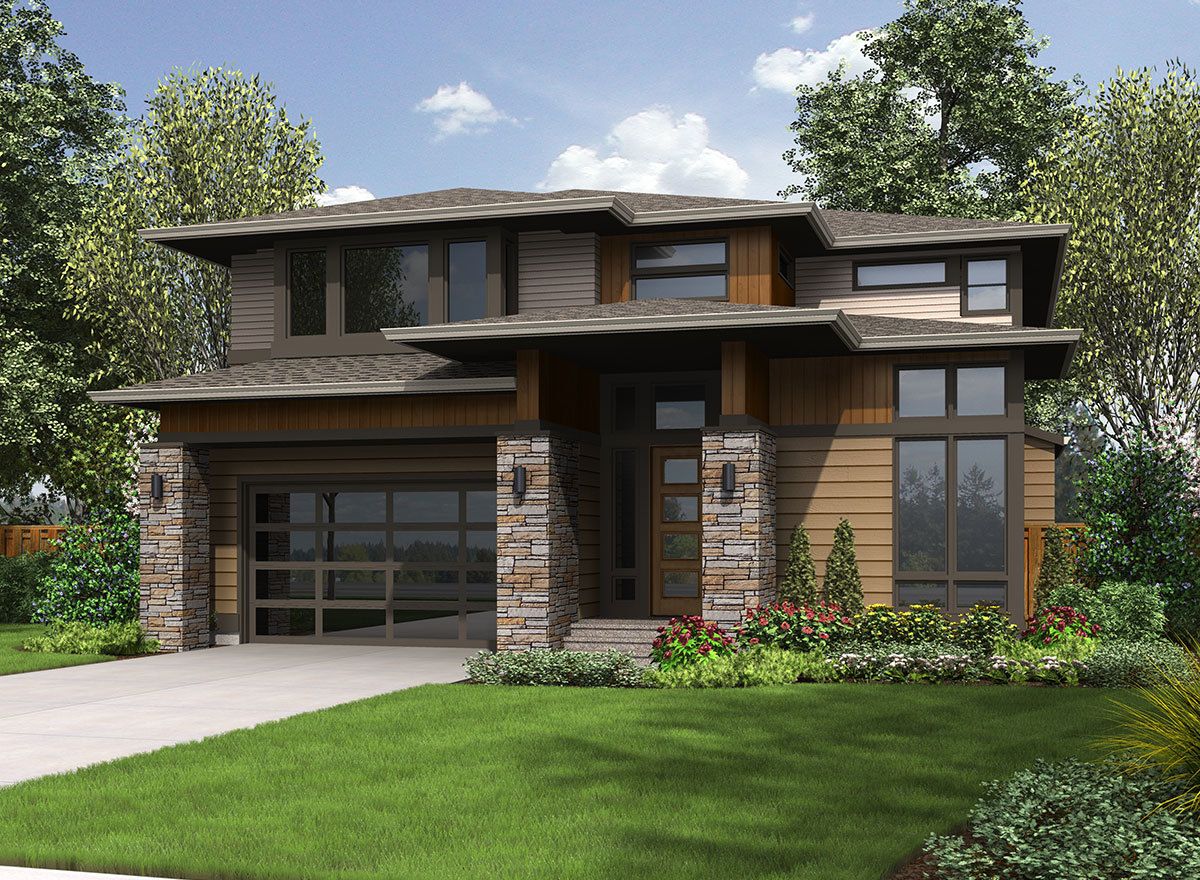

Interior Design
Prairie Style Homes: The Ultimate Guide And Getting The Look
Modified: August 28, 2024
Discover the ultimate guide to Prairie style homes and learn how to achieve the desired interior design look. Transform your space with our expert tips and ideas.
(Many of the links in this article redirect to a specific reviewed product. Your purchase of these products through affiliate links helps to generate commission for Storables.com, at no extra cost. Learn more)
Introduction to Prairie Style Homes
The Prairie style of architecture is characterized by its harmonious blend of form and function, showcasing a unique and distinctive design aesthetic. This architectural style emerged in the late 19th and early 20th centuries, and was popularized by renowned architects such as Frank Lloyd Wright.
What sets Prairie style homes apart is their emphasis on horizontal lines and integration with the natural surroundings. The design philosophy behind these homes was to create a seamless connection between the built environment and the landscape.
The Prairie style was a radical departure from the more traditional Victorian and Gothic architectural styles of the time. Its minimalist, yet bold design elements represented a rejection of excessive ornamentation and a shift towards simplicity.
One of the key influencers of the Prairie style was Frank Lloyd Wright. He believed that architecture should be in harmony with nature and that a house should “grow out of the ground.” Wright’s vision for Prairie style homes was to create spaces that were open, flowing, and connected to the outdoors.
Inspired by the vast, flat landscapes of the American Midwest, Prairie style homes were designed to mimic the horizon line. They typically have low-pitched roofs with overhanging eaves, which create a sense of shelter and protection while also visually extending the horizontal lines.
The open floor plans of Prairie style homes offer a sense of spaciousness and freedom of movement. Rooms are often interconnected, with minimal hallways, allowing for an uninterrupted flow of space. Large, expansive windows are another hallmark of this architectural style, bringing in ample natural light and providing panoramic views of the surrounding landscape.
Prairie style homes incorporate a variety of materials, including bricks, stucco, and wood. The use of these natural materials further accentuates the integration with the natural environment. Flat roofs and ribbons of windows contribute to the horizontal emphasis of the design, while carefully placed accents and details add visual interest and character.
This architectural style became synonymous with the American Midwest, where it was favored for its ability to blend seamlessly with the vast, rolling plains. However, Prairie style homes can be found throughout the United States and have even influenced architectural movements in other parts of the world.
Today, homeowners and architects continue to draw inspiration from the Prairie style. Its timeless appeal and integration with nature make it a popular choice for those seeking a harmonious living environment that reflects the beauty of the surrounding landscape.
Key Takeaways:
- Embrace the timeless Prairie style by incorporating low-pitched roofs, overhanging eaves, and natural materials to create a harmonious connection with nature in your home design.
- Preserve the historical and aesthetic value of Prairie style homes by maintaining original design elements, regular inspections, and adherence to historical preservation guidelines.
History and Origins of Prairie Style Homes
The Prairie style of architecture originated in the late 19th and early 20th centuries, primarily in the Midwest region of the United States. It was a direct response to the prevailing Victorian and Gothic architectural styles that dominated the architectural landscape at the time.
The Prairie style was spearheaded by influential architect Frank Lloyd Wright, who believed that architecture should be in harmony with its natural surroundings. Wright sought to break away from the ornate and formal designs of the past and create a new architectural style that embraced simplicity, functionality, and a deep connection with nature.
The inspiration for Prairie style homes came from the vast, open landscapes of the American Midwest. Wright and other architects of the time sought to mimic the horizontal lines of the Midwestern plains in their designs, creating a sense of harmony and unity with the natural environment.
Influenced by the Arts and Crafts movement, which emphasized craftsmanship and a return to handcrafted elements, the Prairie style embraced a more organic and natural aesthetic. This style was characterized by low-pitched roofs with overhanging eaves, long horizontal lines, and the use of indigenous materials such as brick, wood, and stucco.
One of the key features of Prairie style homes is their open and flowing floor plans. Wright believed that homes should be designed to accommodate the way people actually live, fostering a sense of unity and togetherness among family members. Prairie style homes often featured large, open living spaces, interconnected rooms, and an emphasis on natural light and views of the surrounding landscape.
Although Prairie style homes were initially met with skepticism and resistance, they eventually gained popularity and recognition for their innovative design and integration with nature. The 1908 construction of the Robie House in Chicago, designed by Frank Lloyd Wright, is considered one of the most iconic examples of Prairie style architecture and helped solidify the movement’s place in architectural history.
As the popularity of the Prairie style grew, other architects, such as Walter Burley Griffin and Marion Mahony Griffin, further developed and refined the architectural principles and design elements of the style. Their contributions helped establish the Prairie style as a distinctive and influential architectural movement.
Today, Prairie style homes continue to be admired and sought after for their timeless beauty and connection to nature. The principles and design elements of the Prairie style can be seen in many contemporary architectural designs, showcasing its lasting impact on the world of architecture and design.
Key Features of Prairie Style Homes
Prairie style homes are characterized by their distinct design elements that set them apart from other architectural styles. These features work together to create a harmonious and visually striking aesthetic. Here are some key features of Prairie style homes:
- Low-pitched roofs: One of the defining features of Prairie style homes is their low-pitched roofs. These roofs have a gentle slope that extends horizontally, emphasizing the horizontal linearity of the design. The low pitch also creates a sense of shelter and protection.
- Overhanging eaves: Prairie style homes often have overhanging eaves that extend beyond the exterior walls. These eaves serve both functional and aesthetic purposes. Functionally, they provide shade and protection from the elements. Aesthetically, they contribute to the horizontal emphasis of the design and add visual interest.
- Horizontal lines: Horizontal lines are a key characteristic of Prairie style homes. The horizontal emphasis can be seen in various elements of the design, from the long, low-pitched roofs to the placement of windows and the overall shape of the house. These horizontal lines create a sense of stability and integration with the surrounding landscape.
- Open floor plan: Prairie style homes typically have open and flowing floor plans. This design element was a departure from the segmented and compartmentalized layouts of traditional homes. The open floor plan allows for a seamless flow between rooms, creating a sense of spaciousness and unity.
- Integration with nature: One of the central principles of Prairie style architecture is the integration with the natural environment. Prairie style homes were designed to blend in with the landscape and create a seamless connection between the indoors and outdoors. Large windows and open floor plans allow for abundant natural light and views of the surrounding nature.
These key features work together to create the distinctive and timeless style of Prairie homes. They reflect the design philosophy of architects like Frank Lloyd Wright, who believed in creating spaces that were in harmony with nature and responsive to the needs of the homeowners.
Whether you’re building a new home or renovating an existing one, incorporating these key features can help you achieve the unique and captivating look of Prairie style architecture. By embracing low-pitched roofs, overhanging eaves, horizontal lines, an open floor plan, and a seamless integration with nature, you can create a home that not only looks visually stunning, but also fosters a sense of tranquility and connection with the natural surroundings.
Materials and Construction Techniques Used in Prairie Style Homes
Prairie style homes are known for their use of natural materials, which contribute to the overall aesthetic and integration with the surrounding landscape. The choice of materials and construction techniques plays a crucial role in achieving the distinctive look of Prairie style architecture. Here are some of the commonly used materials and construction techniques in Prairie style homes:
- Brick: Brick is a prominent material used in Prairie style homes. The use of brick helps to create a sense of solidity and permanence. It adds texture and warmth to the exterior and contributes to the horizontal lines of the design. Red and earthy tones are commonly used, but variations in color can be seen.
- Stucco: Another common material used in Prairie style homes is stucco. Stucco is a durable, weather-resistant material that can be applied to the exterior walls, creating a smooth and uniform surface. It is often used in conjunction with brick or wooden elements to add visual interest and contrast.
- Wood: Wood is an essential component of Prairie style homes. It is used for elements such as trim, window frames, and doors. The use of natural wood adds warmth and richness to the design. Oak, cedar, and cypress are commonly used for their durability and natural beauty.
- Concrete: In some Prairie style homes, concrete may be used for structural elements and foundations. Concrete provides strength and stability to the construction. It can be left exposed or finished with decorative textures or patterns.
- Steel: Steel is occasionally used in Prairie style homes, particularly for structural support and framing. The use of steel allows for large, open spaces and expansive windows, as it provides strength and stability.
In addition to the choice of materials, specific construction techniques are utilized to achieve the desired Prairie style look:
- Horizontal emphasis: Construction techniques such as long, low-pitched roofs, horizontal bands of windows, and the precise positioning of walls and other structural elements contribute to the visual emphasis on horizontal lines.
- Eaves and cantilevers: Overhanging eaves and cantilevers are distinctive features of Prairie style homes. These architectural elements are achieved by careful design and construction techniques to create a sense of shelter, protection, and visual interest.
- Craftsmanship and detailing: Prairie style homes often exhibit meticulous craftsmanship and attention to detail. This includes the use of decorative trims, ornamental motifs, and art glass windows. These intricate details add depth and character to the overall design.
- Integration with nature: Construction techniques are utilized to seamlessly integrate the home with the surrounding natural environment. This can include the strategic placement of windows to capture views, the design of outdoor living spaces, and the incorporation of landscaping elements that complement the overall design.
The materials and construction techniques used in Prairie style homes not only contribute to their visual appeal, but also ensure durability and longevity. The combination of natural materials, attention to detail, and skilled craftsmanship results in homes that are not only beautiful, but also functional and sustainable.
Famous Architects and Examples of Prairie Style Homes
Prairie style architecture was pioneered by visionary architects who embraced the principles of simplicity, organic design, and integration with nature. Their influential works have become iconic examples of the Prairie style. Here are some notable architects and their famous Prairie style homes:
- Frank Lloyd Wright and the Robie House: Frank Lloyd Wright is considered one of the most influential architects in American history, and his Robie House in Chicago is a masterpiece of Prairie style architecture. Completed in 1910, the Robie House showcases the key features of the style, including its low-pitched roof, overhanging eaves, horizontal lines, and open floor plan. It is a true embodiment of Wright’s vision for harmonious and integrated living spaces.
- Walter Burley Griffin and the Willits House: Walter Burley Griffin, an apprentice of Frank Lloyd Wright, made significant contributions to the development of Prairie style architecture. The Willits House, designed by Griffin in 1901, is a prime example of his work. Located in Highland Park, Illinois, this home features strong horizontal lines, extensive use of natural materials such as brick and wood, and a seamless integration with the natural surroundings.
- Marion Mahony Griffin and the Coonley House: Marion Mahony Griffin was one of the first licensed female architects in the United States and collaborated closely with Walter Burley Griffin. The Coonley House, completed in 1912, is a testament to Marion Mahony Griffin’s talent and skill. This Riverside, Illinois residence showcases the Prairie style’s emphasis on horizontal lines, geometric shapes, and integration of art and design. The use of vibrant stained glass windows is a striking feature of the Coonley House.
- Gustav Stickley and the Craftsman homes: While not an architect, Gustav Stickley played a significant role in popularizing the Prairie style through his publication, “The Craftsman” magazine, and his furniture designs. The Craftsman homes, influenced by Prairie style principles, incorporated natural materials, simple forms, and functional design. These homes often featured open floor plans, built-in furniture, and an emphasis on craftsmanship. They exemplify the idea of the home as a unified and harmonious living space.
These architects and their Prairie style homes not only left a lasting impact on the architectural world, but also continue to inspire designers and homeowners today. Their innovative designs and commitment to the principles of the Prairie style have shaped the way we think about residential architecture.
By studying the works of these renowned architects and their famous Prairie style homes, you can gain a deeper understanding of the principles and elements that define this unique architectural style. Whether you seek to replicate the design of these iconic homes or draw inspiration from their concepts, these examples serve as a testament to the timeless beauty and enduring appeal of Prairie style architecture.
How to Incorporate the Prairie Style in Your Home Design
If you’re captivated by the beauty and charm of Prairie style homes and want to incorporate that timeless aesthetic into your own home design, there are several key elements to consider. By focusing on the exterior elements, interior design, and furniture and decor, you can create a space that reflects the essence of Prairie style. Here’s how:
Exterior Elements:
1. Low-pitched roof: To achieve the signature look of Prairie style architecture, opt for a low-pitched roof design. This will create a visually appealing horizontal emphasis while blending harmoniously with the surrounding landscape.
2. Overhanging eaves: Incorporate overhanging eaves to add depth and character to the exterior of your home. These eaves not only contribute to the visual appeal but also provide shade and protection.
3. Horizontal lines: Emphasize the horizontal lines of your home through the layout and design. This can be achieved through horizontal siding, long windows, and strategic placement of architectural elements.
4. Natural materials: Use natural materials, such as brick, stone, and wood, to create a warm and inviting exterior. Consider incorporating elements like brick accents, wooden trim, or stone veneers to highlight the craftsmanship and earthy tones associated with Prairie style.
Interior Design:
1. Open floor plan: Create an open and flowing floor plan that encourages the seamless flow of space. Incorporate large doorways, eliminate unnecessary hallways, and prioritize open spaces to promote a sense of togetherness.
2. Abundance of natural light: Maximize natural light by incorporating large windows that provide unobstructed views of the outdoors. Opt for simple window treatments that allow the light to filter through and highlight the connection between the interior and exterior.
3. Simple and clean lines: Keep the interior design clean and simple, with an emphasis on horizontal lines. Choose furniture and architectural elements that feature straight lines and avoid excessive ornamentation.
4. Natural color palette: Create a warm and inviting atmosphere by using a natural color palette inspired by the surrounding landscape. Incorporate earthy tones, such as warm beige, soft greens, and muted blues, to bring a sense of tranquility and harmony to your space.
Furniture and Decor:
1. Minimalist furniture: Select furniture with simple, clean lines that align with the Prairie style aesthetic. Look for pieces made of natural materials, such as wood or leather, and avoid excessive ornamentation or overly intricate designs.
2. Incorporate geometric patterns: Add visual interest through the use of geometric patterns in textiles, rugs, and wallpaper. Opt for subtle and organic patterns inspired by nature, such as angular leaves or abstract representations of prairie grasses.
3. Art glass and stained glass: Pay homage to the Prairie style by incorporating art glass or stained glass elements in your windows, doors, or light fixtures. These unique and intricate pieces add a touch of elegance and can serve as a focal point in your interior design.
4. Natural accents: Enhance the Prairie style ambiance by incorporating natural accents, such as potted plants, floral arrangements, or woven baskets. These elements contribute to the sense of connection with nature that is central to Prairie style design.
By incorporating these elements into your home design, you can capture the essence of Prairie style architecture and create a space that is not only visually appealing but also fosters a sense of tranquility and unity with the natural environment.
Read more: Saltbox House Style – The Ultimate Guide
Maintaining and Preserving Prairie Style Homes
Preserving the architectural integrity of Prairie style homes is a crucial endeavor to maintain their historical and aesthetic value. These homes are a testament to the genius of their architects and the design principles of the Prairie style. To ensure the longevity and beauty of your Prairie style home, here are some essential maintenance and preservation tips:
1. Regular Inspection and Maintenance:
Regularly inspect the exterior and interior of your home to identify any signs of wear, damage, or necessary repairs. Pay attention to the roof, windows, siding, and structural elements. Promptly address any issues to prevent further damage and maintain the integrity of your home.
2. Preserve the Original Design:
Respect the original design elements of your Prairie style home when making updates or renovations. Preserve and restore the original features, such as windows, lighting fixtures, trim, and other architectural details, as much as possible. Consult with architects or preservation specialists who have expertise in restoring historic homes.
3. Maintain the Exterior:
Regularly clean and maintain the exterior of your Prairie style home. This includes cleaning the siding, repainting or refinishing as needed, and repairing any damaged or deteriorating elements. Pay special attention to any decorative trim, overhanging eaves, or stonework, and preserve their original appearance.
4. Protect the Windows:
Windows are an essential element of Prairie style homes. Properly maintain and protect them to preserve their beauty and functionality. Regularly clean the glass, repair any damaged frames or sashes, and weatherproof them to enhance energy efficiency and prevent moisture infiltration.
5. Preserve the Interior Finishes:
Maintain and preserve the original interior finishes, such as wood trim, flooring, and decorative elements. Regularly clean and refinish wood surfaces to keep them in good condition. Avoid harsh chemicals that may damage or strip the finishes. Repair any cracks or damage to walls or ceilings, and preserve any original art glass or stained glass windows.
6. Landscaping Considerations:
Take into account the landscaping surrounding your Prairie style home. Preserve and enhance the natural elements, such as trees, shrubs, and grasses, which contribute to the integration with nature. Avoid excessive landscaping that may obstruct the views or compromise the architectural integrity of your home.
7. Historical Preservation Guidelines:
Consult local historical preservation guidelines or organizations when maintaining or making changes to your Prairie style home. These guidelines provide valuable insights and recommendations to ensure the preservation of the architectural heritage and cultural significance of your home.
Preserving and maintaining a Prairie style home requires commitment and attention to detail. By following these maintenance and preservation tips, you can ensure that your home retains its original beauty, architectural integrity, and historical significance for generations to come.
Conclusion: Achieving the Prairie Style Look in Your Own Home
Incorporating the timeless and distinctive design elements of Prairie style architecture into your home can create a space that exudes beauty, harmony, and a deep connection with nature. By considering the exterior elements, interior design, and furniture and decor, you can achieve the captivating Prairie style look in your own home.
Starting with the exterior, embrace low-pitched roofs, overhanging eaves, horizontal lines, and the use of natural materials such as brick, stone, and wood. These elements will help your home blend seamlessly with the surrounding landscape and capture the essence of Prairie style architecture.
When it comes to interior design, prioritize open floor plans that allow for a seamless flow of space and abundant natural light. Incorporate simple and clean lines, a natural color palette inspired by the earthy tones of the prairie, and a minimalist approach to furniture and decor. Opt for furniture made of natural materials and don’t forget to include geometric patterns and art glass accents reminiscent of the Prairie style aesthetic.
Maintaining and preserving the architectural integrity of Prairie style homes is vital. Regular inspection, repairs, and preservation of original design elements are necessary to ensure the longevity and beauty of your home. By following these preservation tips, you can protect the heritage and value of your Prairie style home.
Achieving the Prairie style look goes beyond replicating the architectural elements; it’s about creating a space that embraces simplicity, functionality, and a strong connection with nature. It’s about fostering a sense of harmony and unity between the built environment and the surrounding landscape.
Whether you’re building a new home or renovating an existing space, the Prairie style offers a timeless aesthetic that continues to inspire homeowners and architects. By incorporating the key features, embracing natural materials, and being mindful of the design principles that define Prairie style architecture, you can create a home that reflects your appreciation for the beauty of nature and the elegance of simple yet sophisticated design.
So, embark on your journey to achieve the Prairie style look in your own home. Let the horizontal lines, open floor plans, natural materials, and integration with nature guide you as you create a space that is not only visually stunning but also a tranquil retreat that celebrates the beauty of the prairie.
Frequently Asked Questions about Prairie Style Homes: The Ultimate Guide And Getting The Look
Was this page helpful?
At Storables.com, we guarantee accurate and reliable information. Our content, validated by Expert Board Contributors, is crafted following stringent Editorial Policies. We're committed to providing you with well-researched, expert-backed insights for all your informational needs.
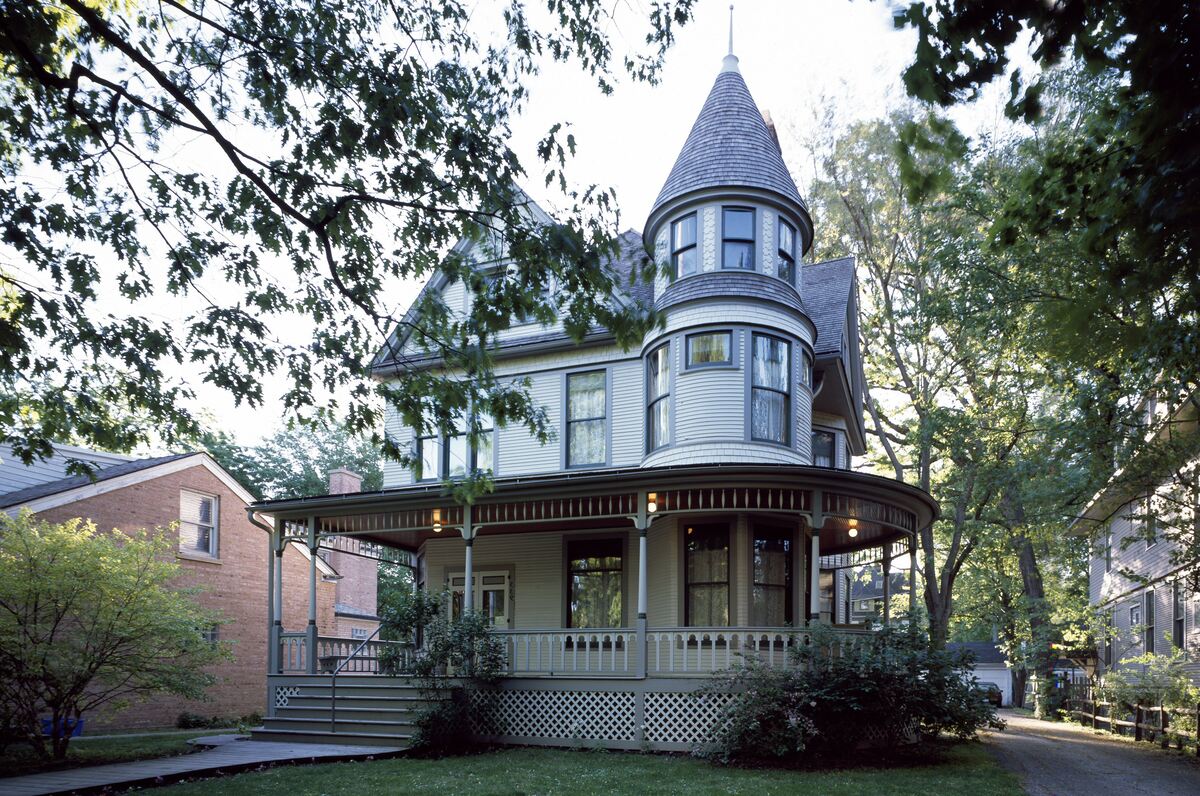
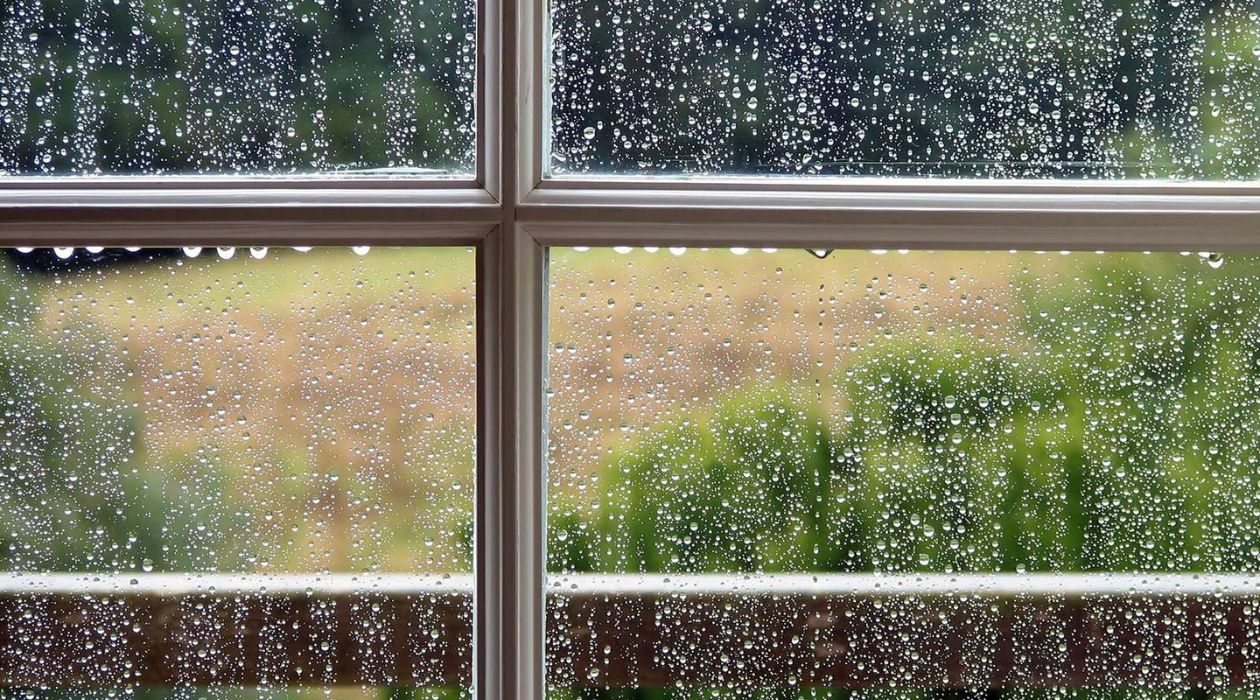
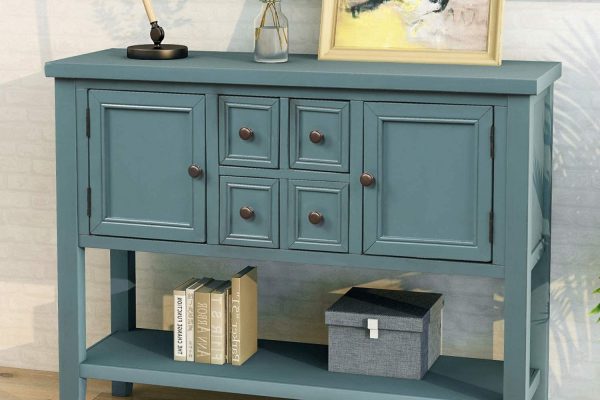

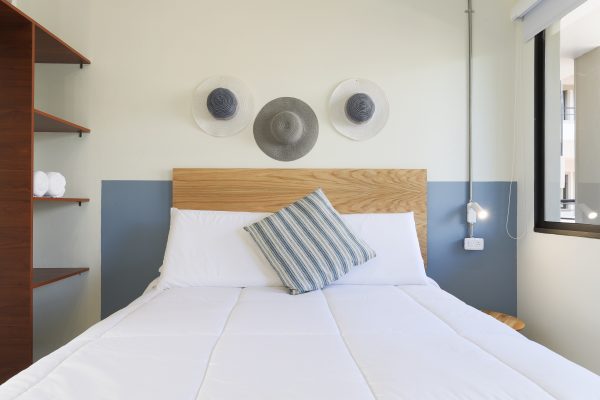
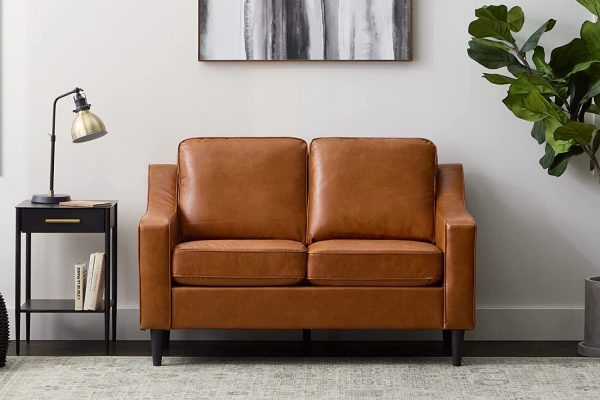
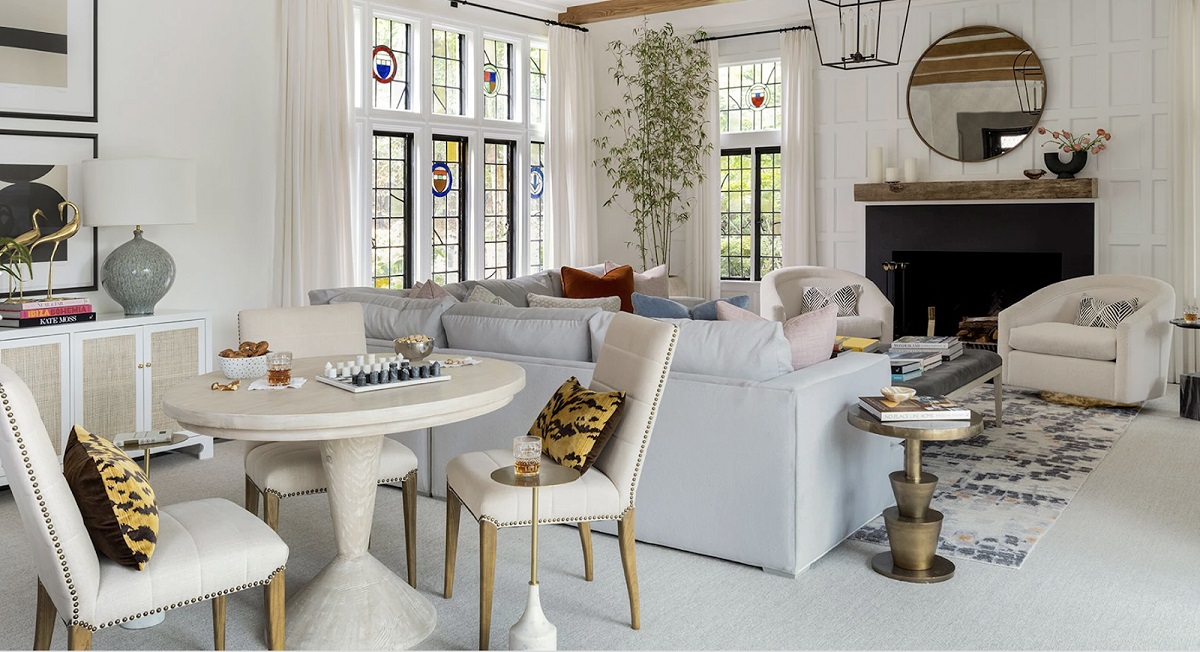


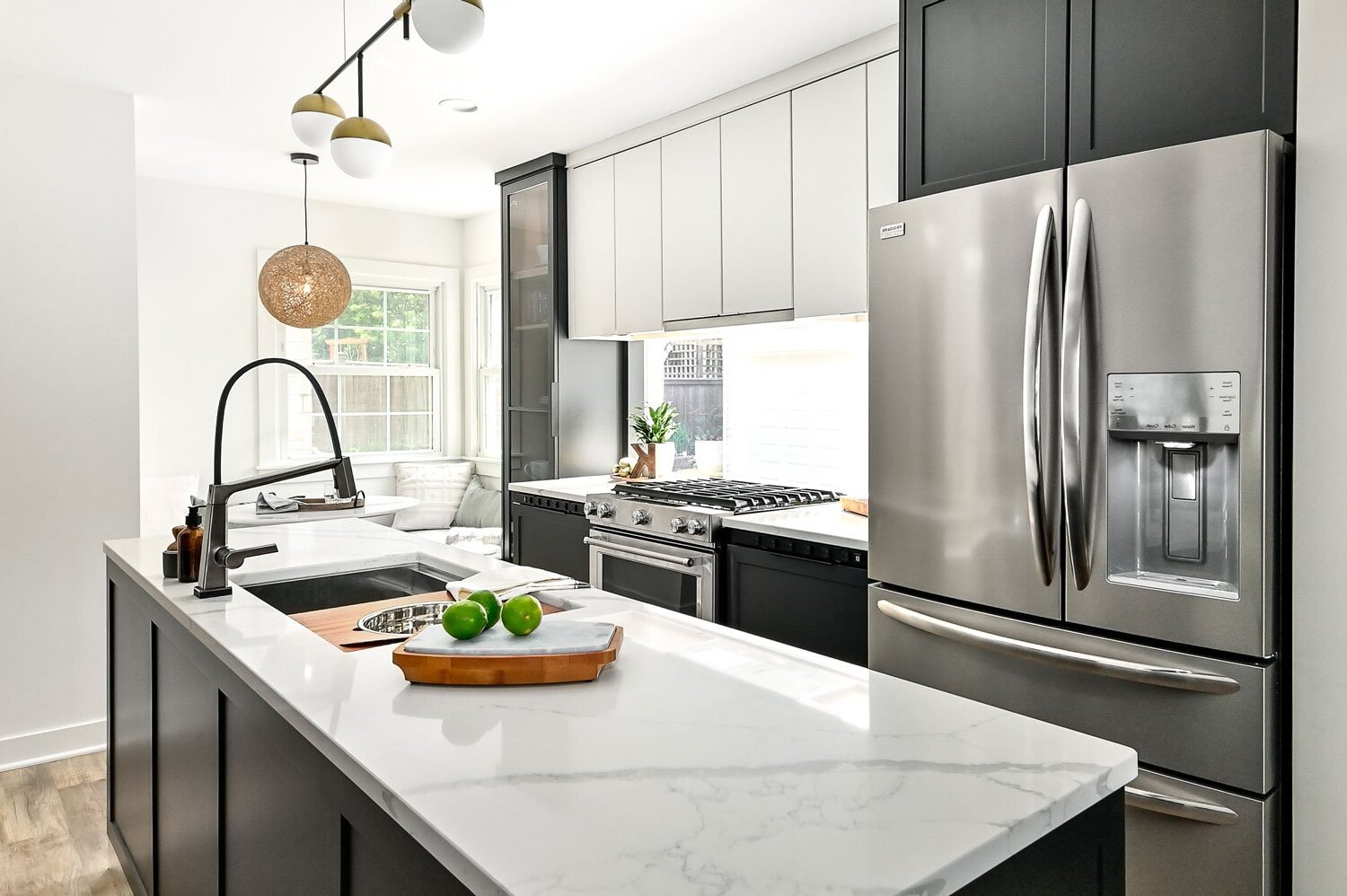


0 thoughts on “Prairie Style Homes: The Ultimate Guide And Getting The Look”